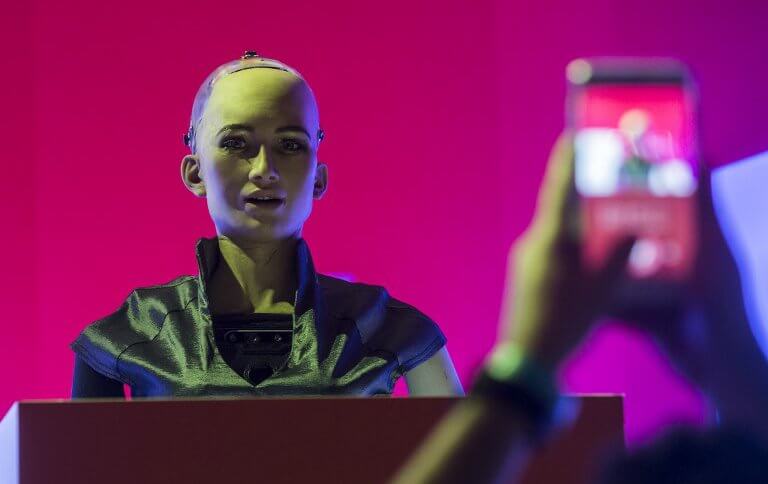Has AI opened our eyes to fakery?

2019 is already shaping up to be a turbulent year for tech companies. Many believe that tech giants are becoming more powerful than governments and have stepped over the line one too many times. Facebook CEO Mark Zuckerberg stands accused of being a digital gangster that has failed at preventing fake news and other nefarious activities on his platform.
Google has also received its fair share of criticism since changing its slogan from “Don’t be evil”, to “Do the right thing”, last year. The British parliament’s patience has been wearing thin for some time and recently revealed that tech giants can no longer be trusted to do the right thing and must be regulated.
The tech industry is often chastised for its adverse effects on society, and mostly responsible for us losing our moral compass along the way. As younger audiences increasingly turn to social media stars in their quest for authenticity and diversity, maybe it’s time to put down our rose-tinted glasses of nostalgia and look at how we got here.
Sure, many will read this while sitting on a train face down into their phones while consuming content. But how different is this from the days of hiding behind a newspaper? We have always switched on the traditional television set and laughed at jokes delivered by sitcom stars, related to families in adverts and soaked up every word of political speeches that were all created by a team of writers and actors.
The reality is that nothing has ever been quite as it seemed. After a constant barrage of clickbait content, one of the most significant changes is that many now only read soundbites rather than an entire article. A quick look at any comments of a social media post quickly reveals how the commenter is voicing their outrage at the title without even reading the article itself.
There is also an argument that many voted for Brexit in the UK based on an undeliverable promise written on the side of a bus. Unsurprisingly it can be incredibly difficult for people to navigate through the increasingly blurred lines between fact and fiction. As a result, we are turning to online reviews and online influencers for some good old-fashioned honesty and integrity.
An incredible 97% of millennials read online reviews before choosing a business, and an equally impressive 89% trust those reviews. Here in the UK, eight out of 10 Millennials advised that they do not buy anything without reading a review. Tales of greedy influencers selling out and the infamous Fyre Festival have rocked their reputation, but those that find the right balance will be trusted more than any traditional advertising campaign.
YOU MIGHT LIKE

Why responsible AI is everyone’s business
As the search for something meaningful and authentic becomes big business, some tech companies are offering a shortcut to further muddy the waters. The negative connotations around artificial intelligence first surfaced last year when Jordan Peele was able to use AI to make Barack Obama deliver a PSA about fake news.
More recently, a new website emerged called thispersondoesnotexist.com. Each time a visitor hits refresh on the site, they are presented with an image of a person created with the help of an AI algorithm. Although the people in the photos do not exist, many were horrified at how difficult it was to distinguish a picture of a real person from a selection of fakes.
Software engineer Phillip Wang used an algorithm called StyleGAN, which was developed by researchers at Nvidia to create images of life-like citizens of the world. Many were left wondering if our data could help companies manipulate our behavior further by displaying relatable friendly faces of people that do not even exist.
Predictably, our newsfeeds quickly filled with people sharing their disbelief and outrage at how emerging technologies can create images of personable people. But maybe we should ask ourselves how much has changed? Advertisers have been spraying deodorant on fruit to make it shiny, using engine oil instead of maple syrup and adding liquid soap to make a cold beer look more appealing for years.
If something looks too good to be true, it usually is. In a world where every sales pitch looks unrealistically perfect, it should be of no surprise that tech-savvy audiences are craving something different like authentic and unedited imagery that reflects our everyday lives rather than glorified stock footage.
What does this mean for businesses in a digital age? We all know that the so-called ‘Insta-Life’ is a pic-perfect lie highlighted perfectly by the shambolic Fyre Festival. The brands that embrace the imperfect, authentic and diverse approach will those that win the hearts and minds of their audience.
The inconvenient truth is that much of what we have always believed to be true has been an illusion all along. If technology can help people question everything they read, see and hear, rather than blindly accepting it as fact, would that really be such a bad thing?








